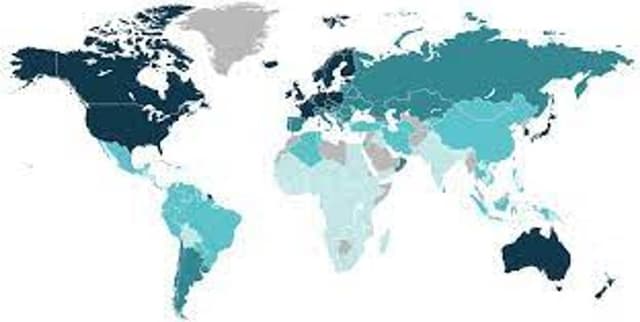World Development Indicators Accounting for Inequality
Data Science and Analytics
Tags and Keywords
Trusted By




"No reviews yet"
Free
About
Data represents metrics for the Inequality-adjusted Human Development Index (IHDI) calculated for 2019, as featured in the 2020 report. The index captures the Human Development Index (HDI) of the average person in society, which inherently decreases when inequality exists in the distribution of health, education, and income. Under conditions of perfect equality, the IHDI and the HDI scores would be identical. Therefore, a greater disparity between these two indices indicates higher levels of inequality within a nation. This resource quantifies the resulting losses in human development, taking into account disparities across all three key dimensions. These measured losses vary significantly across nations, ranging from minimal percentages, such as those observed in Slovenia and the Czech Republic, up to substantial losses exceeding 40 per cent in countries like the Central African Republic and Comoros.
Columns
- Rank: Provides the positional ranking of the country.
- Country: The name of the corresponding country.
- IHDI: The Inequality Adjusted Human Development Index score, typically ranging from 0.23 to 0.9.
- HDI: The standard Human Development Index score, typically ranging from 0.39 to 0.96.
- Loss%: The calculated percentage loss of the IHDI relative to the HDI, reflecting the impact of inequality, with recorded values ranging from 4.4 per cent to 45.3 per cent.
- Growth_2010: Indicates the recorded growth since 2010.
Distribution
The data is provided in a tabular format and is available as a CSV file named IHDI.csv, with a size of 5.49 kB. The file contains six distinct columns. Across the core metrics, there are 153 valid records. The expected update frequency for this specific release of data is listed as 'Never'.
Usage
This resource is highly valuable for academics and policymakers seeking to assess global development parity. It enables researchers to compare national development potential (HDI) against the actual realised well-being of the typical citizen (IHDI). Potential applications include econometric modelling to study the relationship between national policies and the reduction of inequality losses, cross-national benchmarking, and identifying global hotspots where internal disparities severely hinder human development achievements.
Coverage
The dataset covers estimates for 151 countries, including both specific country data and aggregate world metrics. The metrics represent performance data specifically for the year 2019, published within the 2020 development report.
License
CC0: Public Domain
Who Can Use It
- Development Economists: To analyse the mean scores (IHDI mean 0.6) and standard deviations to assess global distribution of welfare.
- Policy Analysts: For identifying countries with the highest losses (Loss% mean 19.4) to target interventions aimed at improving internal equity.
- Academic Researchers: To perform statistical analysis on the ranges and quantiles of the key indices.
- Journalists: For producing reports and visualisations on international development and inequality trends.
Dataset Name Suggestions
- Global Inequality-Adjusted Human Development Index 2019
- IHDI Loss Metrics by Country (2020 Report)
- World Development Indicators Accounting for Inequality
- National Losses in Human Development Due to Inequality
Attributes
Original Data Source: World Development Indicators Accounting for Inequality
Loading...
